HOW TO CONTROL PROJECT COSTS DURING THE DESIGN PHASE
Building a custom home is bound to be one of the biggest personal investments you make in the course of your life. Once completed, you get to look forward to years of living in and enjoying your unique space.
However, it’s a long and complex process to get there. Custom home building in the Colorado Front Range involves months of planning and design, in addition to the actual construction. During both the construction and design phases, you have opportunities to implement cost-control methods and measures and make sure you are making the most of your investment.
How Can Project Costs Be Controlled in Colorado?
It’s all too common that prospective homeowners go into the project expecting to pay one overall price, only to fall prey to scope creep and unexpected expenses. That’s where conscientious cost control comes in.
In the construction industry, there are three main elements that impact project cost: size, complexity and the level of finishes you choose. The benefit of working with a design-build team for your new custom home in the Colorado Front Range is that you will have the same person overseeing your project from start to finish, which means they can help you navigate the selection process to maximize efficiency and increase value as early as the design phase. Here are a few ways you can help keep your project on track in terms of cost:
1. Establish a Preliminary Budget
Although you won’t be dealing with hard numbers until much later in the process, you should establish a preliminary budget from the get-go. It’s helpful to research average building costs in the Colorado Springs area and other nearby areas so you can set realistic expectations. The ballpark range you come up with may also be driven by your preferred financing options and other factors. Regardless, it will give your design-build team a jumping off point for developing customized plans for your new luxury house.
2. Develop a List of Project Priorities
The next step for effective cost control during design is to think through and write down your project priorities. Determine what items are must-haves and what you are willing to cut or at least comprise on. And don’t worry—your design-build team can help with this as well. During the initial design meeting, they will discuss your unique lifestyle, your family routine and your future goals. Through this process, you can clarify your vision and determine your top priorities.
3. Choose Selections that Fit in Your Budget
The two main costs of building a custom home are labor and materials. While you will rely heavily on your builder for construction cost management once they’ve broken ground on your custom project, you have the capacity during design to make decisions about materials, features and finishes in order to keep you on budget. Handcrafted and imported materials and fixtures cost significantly more than their basic or economy grade counterparts. As you’re exploring options and navigating the selection process, your design team can point out cost differentiations and suggest alternatives that help you achieve the most bang for your buck.
4. Reduce the Scope of Your Project
It may seem like an obvious cost-control method, but you also can decrease the scope and complexity of your project if the estimated price is more than you were expecting. Another one of the benefits of design-build is that the person handling construction of your custom Colorado home is involved during design—not after you’ve completed the drawings and put them out to bid. Your builder will be intimately familiar with what it takes to transform your vision into reality and what factors can drive up construction costs. During the design phase, they can provide feedback and make feasibility determinations, so by the time you finish the final construction budget and specifications, and you’re ready to start construction, you will have confidence about the plans and how they’ll manifest. Your design-build team may also get input from their trade partners and other certified professionals—such as electricians and plumbers—to confirm details and ensure feasibility.
5. Make Decisions You Feel Confident About
During your initial design meeting, make sure you’ve clarified with your design-build team how selections are made and if there are deadlines involved. There’s a fine line between giving each decision careful consideration and also not drawing out the design of your custom home indefinitely. However, it’s better to make and ask for revisions to the blueprints or your materials selections while in the planning and design phase. If you wait until the construction has started, you will have to request a change order, which often causes delays and leads to extra costs that inflate your overall project price. Also, do your best to minimize the amount of construction allowances during design so that you start construction with a budget based on selections, not allowances.
Designing a Custom Home in the Colorado Front Range
You can’t wait until construction has started on your new custom home to think about cost control. To prevent scope creep and undesirable overages, you have to start implementing cost-control methods during the design phase of your project. Opting for a design-build process makes this effort significantly easier and more effective. When you work with Gowler Homes to create your luxury home in Colorado Springs, Douglas County, Castle Rock, or surrounding areas, we oversee both construction and design as one seamless, cohesive process, mitigating the potential for miscommunication and ensuring the final product reflects your original style, vision and budget.


